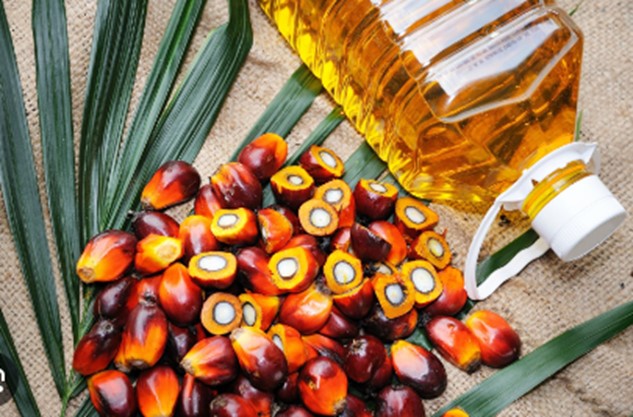
Uganda’s equatorial climate characteristic of a mean annual rainfall of about 1180 mm and average temperature of 18–35°C with minimum regional variations in temperature and humidity favor growth of oil palm. The growing demand for palm oil is being driven by increasing population associated with increased demand for food with industrial palm oil products being central in the food industry and other associated industrial uses. Furthermore, in addition to the local market, the growing retinal and international market is pushing especially developing countries with suitable conditions for oil palm production including Uganda to adopt or expand production of the crop.
In Uganda, this is being achieved through expansion of the area under oil palm cultivation through attraction of large commercial farmers and inclusion of local small-scale farmers in setting up new oil palm plantations across the country. “Breeding and biological technologies for oil palm improvement:” Because Uganda imports most of its planting materials from other oil palm growing countries, there is little knowledge about the genetic quality of the planting materials available for farmers and research in Uganda. This has partly contributed to the poor physiological quality of the planted trials as farmers are unable to identify hybrids from non-hybrids.
Therefore, in the long run, research in Uganda intends to identify and characterize the genetic quality of oil palm seedlings, using morphological and molecular tools. This will eventually lead to the identification of particular genes of interest to be incorporated in the breeding trials for the production of quality planting material that can benefit farmers while addressing local challenges
